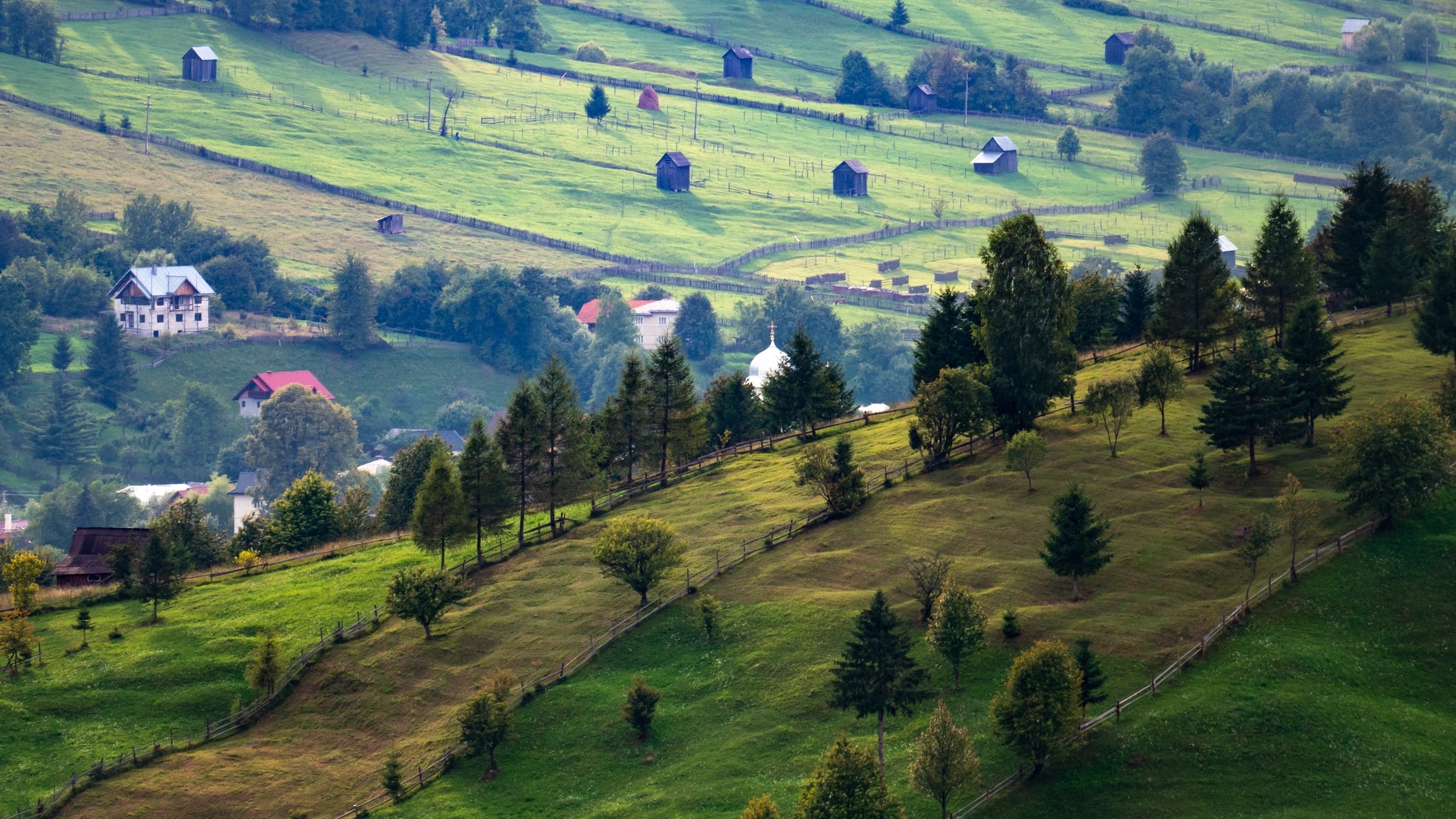
COVID-19 hit millions of businesses and industries hard and continues to do so therefore, it is quite obvious that the economic recovery will be a complex and slow process. During this process, we as humans need to focus on being better and doing better, for the sake of other humans, wildlife, and the planet’s ecosystems as a whole. Earth and its present as well as future inhabitants are in serious trouble, and we must do everything in our power to save it, us and them.
Global tourism generates almost $9 trillion annually and employs over 330 million people worldwide. As a result of travel coming to somewhat of a screeching halt in March of this year, the tourism industry has been taking time to reflect on what wasn’t necessarily working pre-coronavirus. Re-considering the future and our pending new normal of travel, a new opportunity to globally come together to work on a more restorative and healing approach to tourism is at our fingertips, and we should grasp it firmly.
Minimizing the negative effects of tourism such as practicing sustainability is no longer good enough on its own. We need to focus on not only preserving, but rebuilding and improving the quality of the locations we visit – and this is what a regenerative travel plan will accomplish. “Sustainable tourism is sort of a low bar. At the end of the day, it’s just not making a mess of the place,” said Jonathon Day, an Associate Professor zoned in on sustainability at Indiana’s Purdue University. “Regenerative tourism says, let’s make it better for future generations.”
Recent statistics from research firm Pollara Strategic Insights shows more than 70% of Canadians are open to prioritizing nature conservation and economic revitalization over and above their own wants and needs.
So what is regenerative travel?
Regenerative travel promotes a continual cycle of rebirth as to sustain the earth in the areas of the locations visited – repositioning the travel industry to become a force of good. It will have destinations (with the help of travellers) place heavy emphasis on protecting natural and historical areas, redirecting funds to local communities, providing resources and support required to have flourishing agricultural systems, sourcing local food, tackling issues of poaching, lowering carbon usage, bettering the quality of life for employees, eradicating waste almost completely, respecting the culture(s) immersed in, and to keep reusing and repairing materials instead of purchasing new, just to name a few of the initiatives.
Leading expert on regeneration, Dr. Pauline Sheldon, the Professor Emeritus and Former Dean at the University of Hawaii says that, “regenerative tourism requires a fundamental shift in how we view the world. It is a commitment to tourism as a tool to create thriving destination communities and to regenerate and heal damaged resources. This philosophical and practical shift favors collaboration over competition, community over self-interest, culture over commodity, abundance over scarcity, and wellbeing over profit.”
Aiming toward a future that embraces a “circular economy,” both travellers and destinations worldwide will commit to be efficient, only use what is essential, to give back to the land and the people, and to leave the area better than it was found. “It has roots that stem from the circular economy,” says Kelley Louise, founder of New York’s non-profit Impact Travel Alliance. “It’s a commitment to continuous improvement. If you have a baseline of positive impact to local communities, the environment and the economy, how do you take that and make it better? Regenerative tourism is what you get when you start to ask these questions.”
Travellers need to understand how big of a role they will play in this transformative time. Putting the environment and communities first by doing more for them than what is taken. This will regenerate our entire way of life and living in general. Overtourism is a major area that needs to be addressed and rebalanced due to the stress an excessive amount of visitors can cause in that specific region or destination. It is up to each country to look at and fully examine their core issues so they can develop a new regenerative travel plan to enforce post-pandemic. This will take more involvement from management, federal, state and local authorities when it comes to co-ordination and regulation.
The days of sacrificing the ecosystem and local communities for profit should be long over and abolished. Balancing tourism with the health of its natural resources and communities is what should be of utmost importance. Regenerative travel will assist in building a better tomorrow by combating the social and environmental impacts suffered previously as a result of the harmful effects tourism once caused. It is time to take responsibility to identify and then work with the planet’s natural system’s abilities, by finding solutions and then implementing them as organically as possible. The primary objective should no longer be to grow the numbers where both volume of visitors and amounts of money brought in are concerned. It is time to give back, and give fully.


